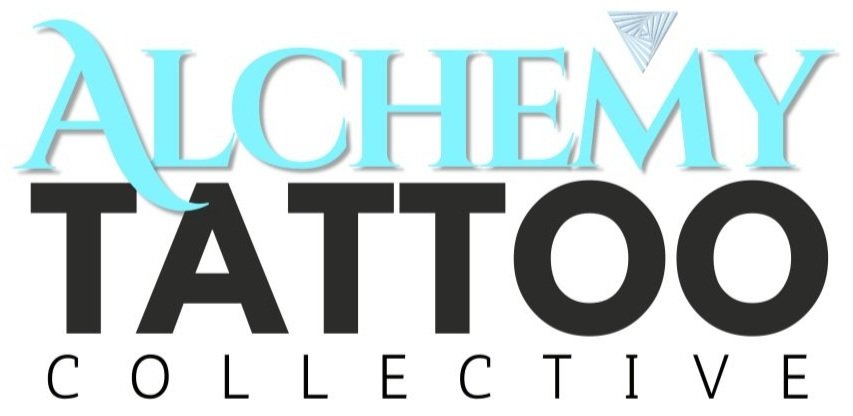Tattoo Therapy
The physical and emotional healing of tattoos
The healing journey associated with getting a tattoo often involves a blend of physical, emotional, and social elements.
a long history of healing
Historically, tattoos have been used for their healing properties across various cultures. In ancient Egypt, tattoos were believed to have therapeutic benefits, often applied to areas of the body afflicted by pain or injury. Similarly, indigenous peoples, such as the Māori and Native American tribes, have long used tattoos as part of their spiritual and healing practices. These tattoos often carried significant cultural and symbolic meanings, serving not only as physical adornments but also as protective talismans and markers of rites of passage.
Emotional Release
Physically, the body initiates a healing process in response to the tattoo needle, often stimulating a release of endorphins that can promote feelings of calm or euphoria. Simultaneously, the tattoo can serve as a vessel for emotional healing. Whether it represents a personal journey, the overcoming of a hardship, or a cherished memory, the act of getting the tattoo can offer catharsis and aid in the healing process.
Connection
The relationship between the tattoo artist and the client also plays a role. Their collaboration in design and placement selection, as well as the process of tattooing itself, culminates in a piece of art that is a testament to their shared efforts and understanding. In an age where humans are vastly disconnected, this personal exchange, physical closeness, and mutal understanding can offer a lot to the modern, isolated individual.
Symbolism
Tattoos often bridge personal expression and social connection, symbolizing one's belonging to a community or group, or encapsulating personal identity. This personal expression combined with communal identity results in a shared meaning, greater than the sum of its parts.
Body Autonomy
As a piece of body art, the tattoo acts as an interface between the physical body and the aesthetic or symbolic design. The design, now integral to the person's body, gains new depth and meaning, and in turn, the body is visually enhanced by the art.
The healing experience of getting tattooed can manifest in various ways, from providing a sense of control and autonomy, especially therapeutic for those who have felt powerless, to acting as a form of art therapy, externalizing the inner emotional world.
For those carrying physical reminders of trauma, such as surgical or self-harm scars, tattoos can help reclaim their bodies and boost their self-confidence. Skilled artists can transform these scars into art, altering the narrative around the trauma.
Mindfulness
Enduring the physical discomfort of receiving a tattoo can promote mindfulness and grounding, offering additional therapeutic benefits.
In essence, the healing potential of tattoos lies in their capacity to symbolize, transform, and externalize personal experiences, crafting narratives that resonate with both individual and shared experiences of resilience and healing.
Do you find tattoos healing? Tell us about your experience in the comments.

